
Flags
Gillian Pistell writes on the loaded symbol of the American flag in the work of postwar and contemporary artists.
Sometimes I wonder whether I am painting pictures of words or whether I’m painting pictures with words.
—Ed Ruscha
Ed Ruscha’s oeuvre has never been confined to established categories of style or media; for instance, books, drawings, prints, photography, and painting are used in parallel, together with materials as unconventional as gunpowder, fruit juice, bleach, coffee, and syrup. But throughout his restrained yet daring experimentation, writing as act and subject, in print form or painted on canvas, has remained a constant inspiration for his iconic images of the American vernacular. His singular, sometimes oblique use of words allows for the exploration of the role of signifiers in language and thought, while his range of artistic means allows the act of reading to be literally manipulated as a process by which to generate meaning.
Following Reading Ed Ruscha at Kunsthaus Bregenz, which fully explored Ruscha’s obsession with books and language from the outset of his career, this exhibition focuses on his richly diverse investigations of the book as a subject, as a support for making pictures, or as an actual object. It includes acrylic and oil paintings, on stretched, unstretched, and shaped canvases, drawings on paper, watercolors on vellum, photographs, and book works.
In the modestly scaled painting History Book Laying on a Table (2012), the prone spine of the reference book demarcates two contrasting zones of light and dark, a schematic depiction of the Manichean forces at work in the march of time. The large-scale painting Gilded, Marbled and Foibled (2011–12)—the title a wry nod to early Conceptual art instruction—combines the exquisite detail of an illuminated manuscript with the hallucinatory patterns of marbled paper. Material references to traditional bookmaking are evident in the small-scale Open Book series (2002–05), where blank double pages are weightlessly painted on untreated linen, and in the circular vellum paintings with their obtuse, gilded thoughts. The three monumental canvases that form the Old Book cycle present a vanitas in which the ravages of time appear in the painted exactitude of fraying bindings, mold spots, and worm holes.
Various bookworks provide corollaries to the paintings. A strategy for a series of small abstract paintings from 1994–95, in which insidious threats are rendered in paint or bleach as blank widths of contrasting color like Morse communication, resurfaces a decade later in book covers, where the oppositional actions of enunciation and erasure meet. In another book series, Ruscha has again used bleach to leach a single large initial on the colored linen covers of found books, such as a gothic M on the cover of Imaginary Gardens, or L L on two matching tomes of Shakespeare plays, by which they become Twins (diptych) in form if not content. In another, monochrome books mimic Minimalist objects, sporting weighty, generic titles such as Atlas or Bible.

Gillian Pistell writes on the loaded symbol of the American flag in the work of postwar and contemporary artists.

Jacoba Urist profiles the legendary collector.
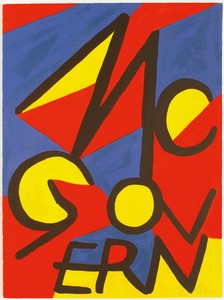
Against the backdrop of the 2020 US presidential election, historian Hal Wert takes us through the artistic and political evolution of American campaign posters, from their origin in 1844 to the present. In an interview with Quarterly editor Gillian Jakab, Wert highlights an array of landmark posters and the artists who made them.

Lisa Turvey examines the range of effects conveyed by the blurred phrases in recent drawings by the artist, detailing the ways these words in motion evoke the experience of the current moment.
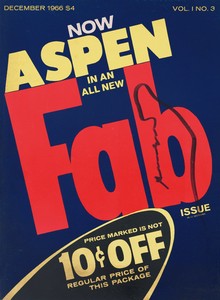
Gwen Allen recounts her discovery of cutting-edge artists’ magazines from the 1960s and 1970s and explores the roots and implications of these singular publications.
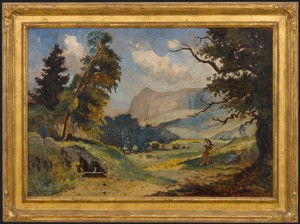
Ed Ruscha tells Viet-Nu Nguyen and Leta Grzan how he first encountered Louis Michel Eilshemius’s paintings, which of the artist’s aesthetic innovations captured his imagination, and how his own work relates to and differs from that of this “Neglected Marvel.”
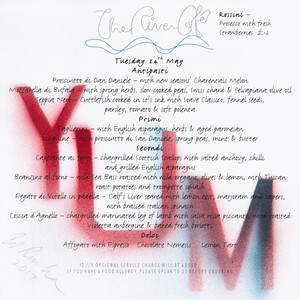
London’s River Café, a culinary mecca perched on a bend in the River Thames, celebrated its thirtieth anniversary in 2018. To celebrate this milestone and the publication of her cookbook River Café London, cofounder Ruth Rogers sat down with Derek Blasberg to discuss the famed restaurant’s allure.
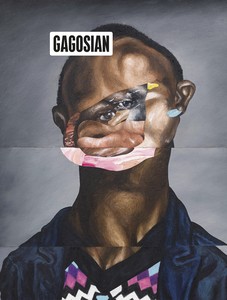
The Fall 2019 issue of Gagosian Quarterly is now available, featuring a detail from Sinking (2019) by Nathaniel Mary Quinn on its cover.
In conjunction with his exhibition VERY at Louisiana Museum of Modern Art in Humlebæk, Denmark, Ed Ruscha sat down with Kasper Bech Dyg to discuss his work.
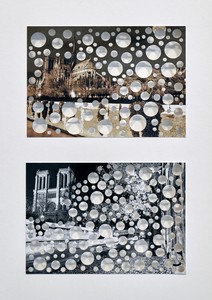
An exhibition at Gagosian, Paris, is raising funds to aid in the reconstruction of the Cathédrale Notre-Dame de Paris following the devastating fire of April 2019. Gagosian directors Serena Cattaneo Adorno and Jean-Olivier Després spoke to Jennifer Knox White about the generous response of artists and others, and what the restoration of this iconic structure means across the world.
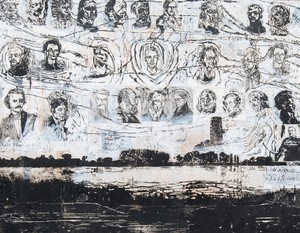
An exhibition at the Broad in Los Angeles prompts James Lawrence to examine how artists give shape and meaning to the passage of time, and how the passage of time shapes our evolving accounts of art.
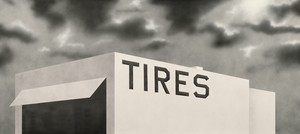
Ed Ruscha sat down with Tom McCarthy and Elizabeth Kornhauser, curator at the Metropolitan Museum of Art, to discuss the nineteenth-century artist Thomas Cole, whose Course of Empire paintings inspired a series of works by Ruscha more than a century later.
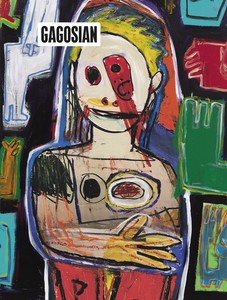
The Winter 2018 issue of Gagosian Quarterly is now available. Our cover this issue comes from High Times, a new body of work by Richard Prince.
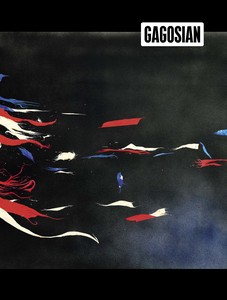
The Spring 2018 Gagosian Quarterly with a cover by Ed Ruscha is now available for order.
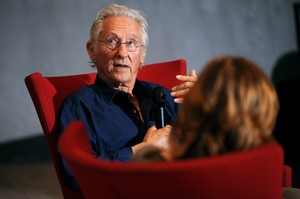
Ed Ruscha sat down with JoAnne Northrup of the Nevada Museum of Art to discuss the exhibition Unsettled, which the two co-curated.
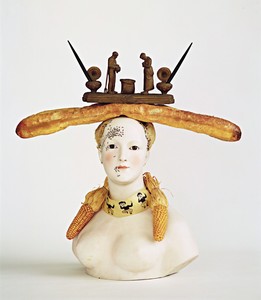
Mary Ann Caws and Charles Stuckey discuss the presence of food and the dining table in the history of modern art.

Diana Widmaier Picasso, curator of the exhibition Desire, reflects on the history of eroticism in art.
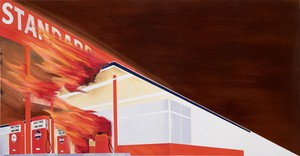
Ed Ruscha’s Burning Gas Station (1965–66) was a game changer. Text by Larry Gagosian.
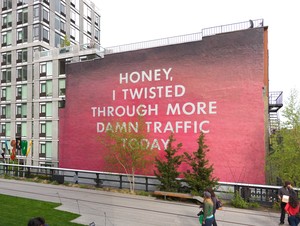
The High Line Art Program’s Cecilia Alemani discusses Ed Ruscha’s mural.